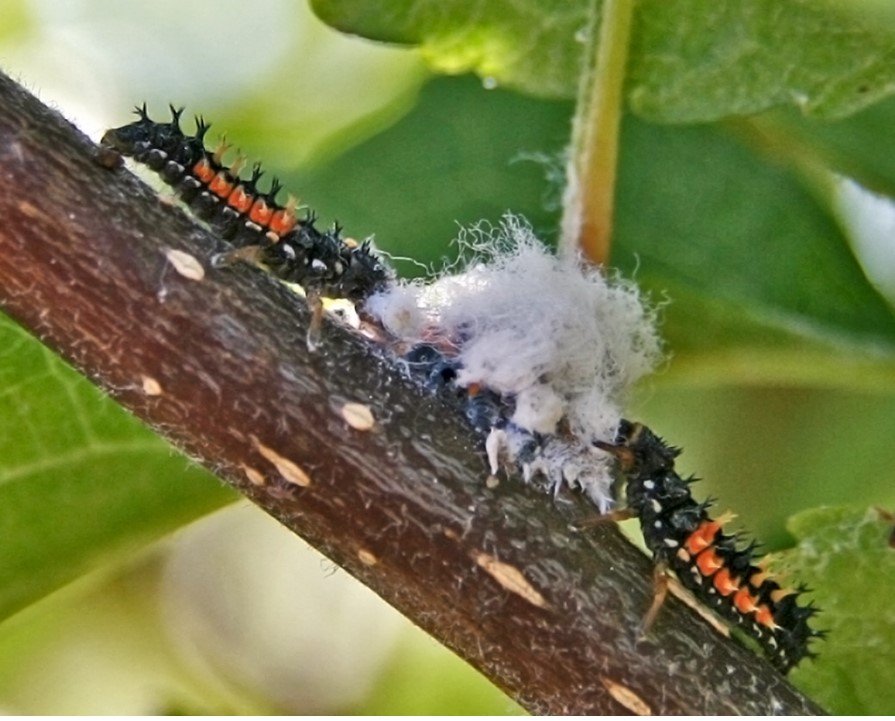It Didn’t Make It
Analyzing the Possible Causes of Tree Failure: Insights from a Contractor's Perspective
It can be disheartening when a tree you planted last year fails to thrive or succumbs to mortality. As a landscape contractor, it is crucial to understand the potential reasons behind tree failure to improve your practices and enhance customer satisfaction. In this blog, we will explore common factors that can contribute to tree mortality and provide insights from a contractor's perspective to help identify and address these issues effectively.
Site Conditions and Preparation: One possible reason for tree failure is inadequate site preparation. Assess the site's soil quality, drainage, and sunlight exposure before planting. If the soil is poor or compacted, amend it with organic matter to improve its structure and nutrient content. Ensure proper drainage to avoid waterlogged conditions that can suffocate the roots. Additionally, choose tree species that are suitable for the site's sunlight conditions to promote healthy growth.
Planting Technique: Improper planting technique is another common cause of tree mortality. Ensure the planting hole is wide and deep enough to accommodate the root system. Remove any synthetic twine and burlap from the top of the ball. Properly backfill the hole with soil, ensuring good soil-to-root contact. Avoid planting the tree too deep or too shallow, as it can hinder root establishment and lead to stress or disease susceptibility.
Watering and Irrigation: Inadequate or excessive watering can significantly impact tree health. During the establishment period, provide regular and deep watering to promote root growth and prevent drying out. However, avoid overwatering, as it can lead to root rot and other fungal diseases. Monitor soil moisture levels and adjust watering accordingly, considering weather conditions and the tree's specific needs. Educate clients on proper watering practices to ensure their involvement in maintaining tree health.
Pest and Disease Management: Trees are vulnerable to various pests and diseases, which can weaken their health and contribute to mortality. Conduct regular inspections to identify signs of infestation or disease, such as unusual leaf discoloration, wilting, or pest activity. Implement appropriate pest management strategies, including preventive measures, cultural practices, and, if necessary, targeted treatments. Educate clients about the importance of proactive pest and disease management to minimize potential risks.
Environmental Stressors: Environmental factors can impose significant stress on newly planted trees. Extreme weather conditions, such as drought, heatwaves, or frost, can negatively impact their health and survival. Consider implementing protective measures, such as mulching, to conserve soil moisture and insulate roots from temperature fluctuations. Additionally, educate clients on proper tree care during challenging weather conditions and provide guidance on mitigating potential stressors.
Post-Planting Care: Proper post-planting care is essential to ensure the tree's successful establishment. Encourage clients to provide ongoing maintenance, including regular watering, mulching, and pruning as necessary. Regularly inspect the tree's health and address any concerns promptly. Communicate the importance of long-term care to clients, emphasizing the benefits of investing in tree health and longevity.
Understanding the potential reasons behind tree failure is essential for landscape contractors to enhance their practices and provide effective solutions to clients. Educate clients on their role in tree care and foster a collaborative approach to ensure the long-term health and vitality of the trees you plant. Remember, addressing tree failure requires a holistic perspective and ongoing commitment to continuous improvement in your landscaping practices.







